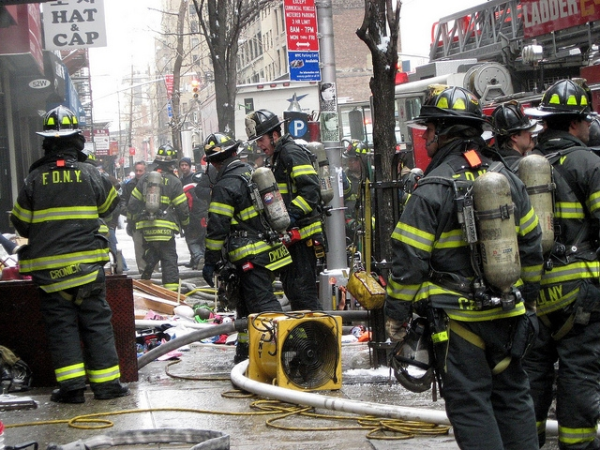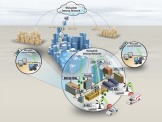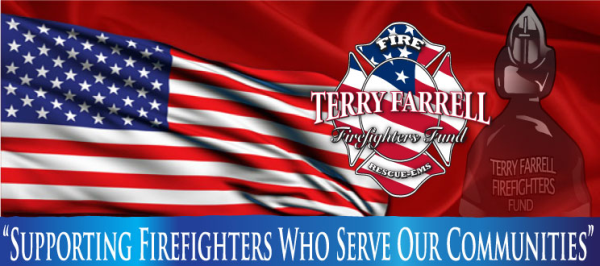This post is written by Sean Sweeney, Public Safety Communication Specialist for Telecom Communications, Inc.
First an earthquake and now a major hurricane in the Atlantic? Are your communications prepared? Redundant communications are a key component of emergency preparedness and without it you could find yourself using smoke signals to communicate. This is important not only for public safety entities but also any organization dependent on communications for the safety and functionality of their employees. However for purposes of this blog, we will be concentrating on Public Safety in this discussion.
Here is a list of the "Top 6 Questions" you should ask yourself so that you are prepared if the lights go out.
1- Do you have redundant communications?
Do you have radios that do not rely on repeater systems? If so, great. They may only work in smaller areas, but it's better than nothing. Operating in direct mode, or Simplex, is an easy way to maintain communications during a power outage without a repeater.
2- Is your radio room on generator power?
If you aren't sure, it probably isn't. Your main base station needs to be on redundant power to maintain continuity of communications
3- Are your repeaters on battery back-up?
If you lose power, you lose your repeater system. If it isn't on an auxiliary power system, it should be. Even if the system is on power back-up, most repeaters go into "fail-safe" mode when a surge is detected. Do you know how to properly reset your repeater?
4 - Do you know how long your back-up will last if the power is out for days?
Auxiliary power systems are only designed to last a few hours, 18 hours in most cases. What is your plan if the power is out longer than this?
5- Do you have lightning protection for your antenna systems?
Most people forget about their antennas when planning on protecting their communications. A lightning strike to the antenna system can wipe out your communications. To minimize the risk and damage, you should have the proper protection, such as lightning arrestors and grounding, in place for this.
6 - Does your Mutual Aid have the ability to activate you and vice versa?
If you go down, who will activate your pagers and handle radio transmissions? Having a mutual aid agreement in place with surrounding departments and your county control points is an excellent way to ensure your communications continue.
These are not questions you should be asking yourself right now with the storm brewing, but if you haven't been thinking of these things, Telecom can help. We have a staff of qualified engineers who can evaluate your system and get you these answers. Arm yourself with Uninterrupted Power Supplies and redundant power supplies that transition seamlessly into your current system.
Be prepared because the public safety is our number one priority.
To set up an appointment to analyze your communication system preparedness click here 
*Telecom Communications is a full-line Motorola dealer and most of the equipment mentioned above is available via the state or county contract
Photos used under creative commons from taigasylvan






 This is a guest post by Sean Sweeney. Sean is the Public Safety Communications Specialist for Telecom Communications and will be writing periodically about issues pertaining to the Public Safety market, in particular the Fire Market.
This is a guest post by Sean Sweeney. Sean is the Public Safety Communications Specialist for Telecom Communications and will be writing periodically about issues pertaining to the Public Safety market, in particular the Fire Market.
